Microsoft's emissions rose 22.7% in 2021 despite carbon negative pledge
The company said that Scope 3 emissions are the “most difficult to control and reduce”


Microsoft has revealed its Scope 3 emissions have gone up by 22.7% year-on-year, despite pledging to be carbon neutral by 2030.
The tech giant increased its business revenue by 20% in its most recent fiscal year and managed to reduce its Scope 1 and 2 emissions by approximately 16.9% by purchasing renewable energy, it revealed in its 2021 Environmental Sustainability report published yesterday.
Scope 1 emissions are attributed to fuel combustion, company vehicles or fugitive emissions, while Scope 2 emissions account for purchased electricity or heat.
Scope 3 emissions cover all parts of the company’s value chain, including purchased goods, waste, business travel, employee commuting, and use of sold products.
This third category represents the majority of Microsoft’s emissions (97.96%), which the company has committed to effectively neutralising by 2030. This includes carbon emitted from electricity generation to power devices and emissions related to the use of concrete and steel in new constructions.
A major source of the increase was in capital equipment, which includes emissions to produce Microsoft hardware, as well as the carbon emissions associated with the construction of new buildings, including both data centres and office space. This segment increased 41% in 2021, accounting for around 30% of the Scope 3 total.
Emissions associated with powering of products sold, including Xbox and Surface devices, also increased 32% for the period, accounting for around 29% of Scope 3 emissions.
Sign up today and you will receive a free copy of our Future Focus 2025 report - the leading guidance on AI, cybersecurity and other IT challenges as per 700+ senior executives
Electricity used to power devices largely comes from grids reliant on carbon intensive sources, so Microsoft is forced to account for that carbon for the lifetime of its devices to accurately track Scope 3 emissions. This is done by calculating a device’s climate impact based on where the device was sold, as different parts of the world have a different mix of electricity generation sources.
The tech giant has announced a range of measures to help reduce its Scope 3 emissions, even as it continues to grow as a company.
“First, in addition to the absolute carbon emissions cap we’ve set for Microsoft, we are accelerating work to set business-group specific annual carbon intensity targets based on fundamental business drivers,” said Microsoft president Brad Smith. “We will connect our performance against these targets with other business review processes, including with the company’s Senior Leadership Team.”
He added that the company will restructure and increase its internal carbon fee to help incentivise more aggressive measures to reduce Scope 3 emissions and better match the underlying cost of carbon abatement. This includes raising the business travel fee to $100 per metric ton of carbon dioxide (mtCO2e) in the next fiscal year to better support the purchase of sustainable aviation fuel.
Lastly, the company will also redouble its efforts on measurement, to help accelerate the adoption of industry standards for carbon accounting. It said the need for a more holistic focus on measurement goes beyond Microsoft, and that wider industry takeup is critical.
RELATED RESOURCE

CES 2022: Sustainability is the new frontier for innovation
As businesses put green credentials at the heart of their buying decisions, hardware manufacturers are beginning to pay attention
“The results show just how carbon emissions are not yet decoupled from economic growth,” said Austin Whitman, CEO of Climate Neutral. “As long as this continues, emission reductions will be at odds with economic growth.”
Whitman pointed out that Microsoft is now setting “carbon intensity targets”. While these are helpful, he noted that intensity targets will not ensure absolute reductions.
“Microsoft is not alone in struggling to track along its reduction trend line, especially for Scope 3 emissions,” he added. “The key question people aren't asking is what should the expectations be for an annual "correction" by companies that miss their reduction goals. Microsoft is investing in around 1.5m tonnes of removals every year, but the residual emissions are significantly more than that, and rising.”
Last year, Microsoft was urged to limit its corporate travel to 2020 levels permanently, and show that its video conferencing tools can be used to limit its impact on the environment, as reported by the Guardian. The Just Use Teams campaign said that the company had spoken about the urgent need to tackle climate change but remained among the top 10 corporate flyers globally.
Zach Marzouk is a former ITPro, CloudPro, and ChannelPro staff writer, covering topics like security, privacy, worker rights, and startups, primarily in the Asia Pacific and the US regions. Zach joined ITPro in 2017 where he was introduced to the world of B2B technology as a junior staff writer, before he returned to Argentina in 2018, working in communications and as a copywriter. In 2021, he made his way back to ITPro as a staff writer during the pandemic, before joining the world of freelance in 2022.
-
 OpenAI says future models could have a ‘high’ security risk
OpenAI says future models could have a ‘high’ security riskNews The ChatGPT maker wants to keep defenders ahead of attackers when it comes to AI security tools
-
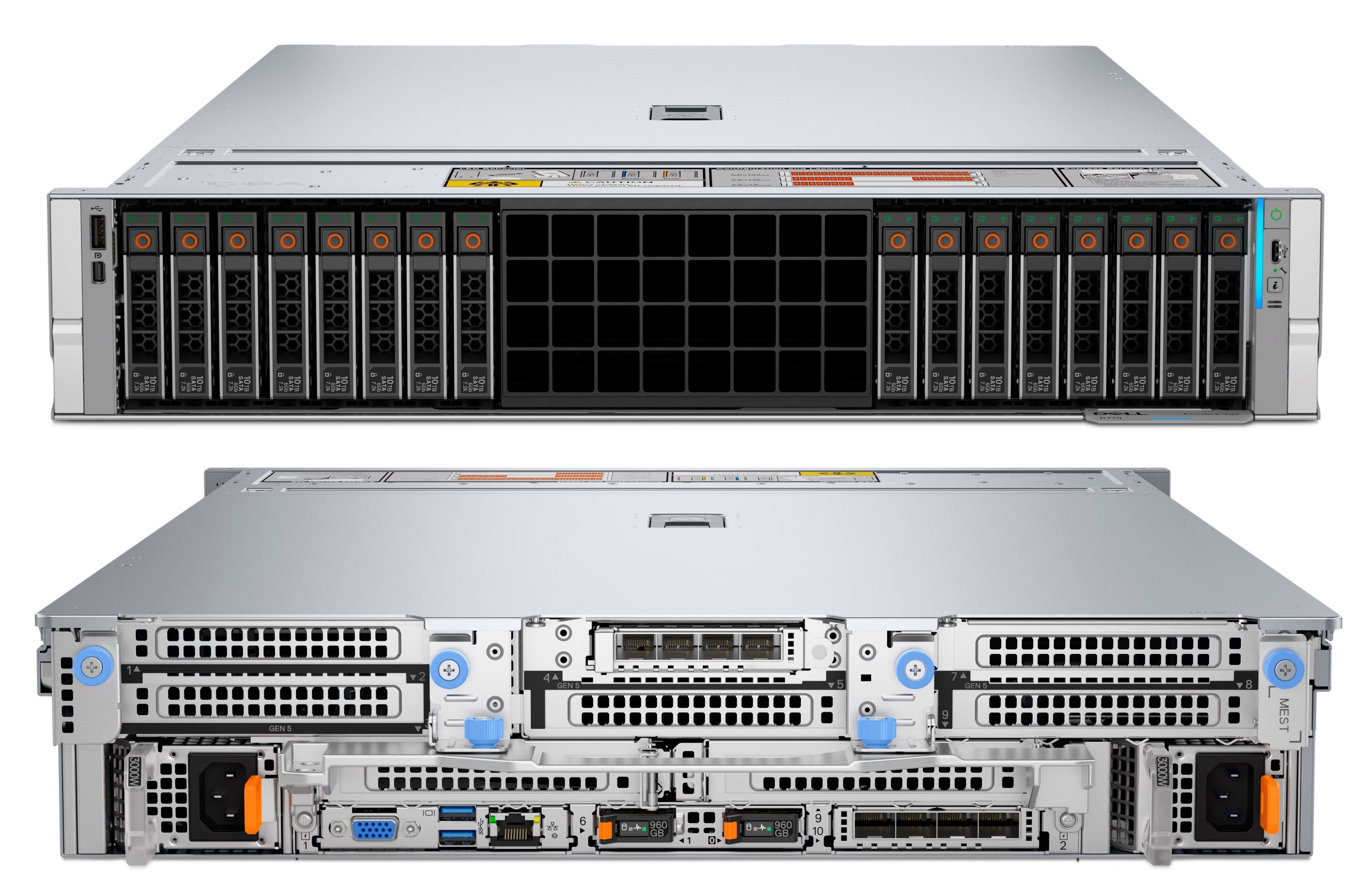 Why Dell PowerEdge is the right fit for any data center need
Why Dell PowerEdge is the right fit for any data center needAs demand rises for RAG, HPC, and analytics, Dell PowerEdge servers provide the broadest, most powerful options for the enterprise
-
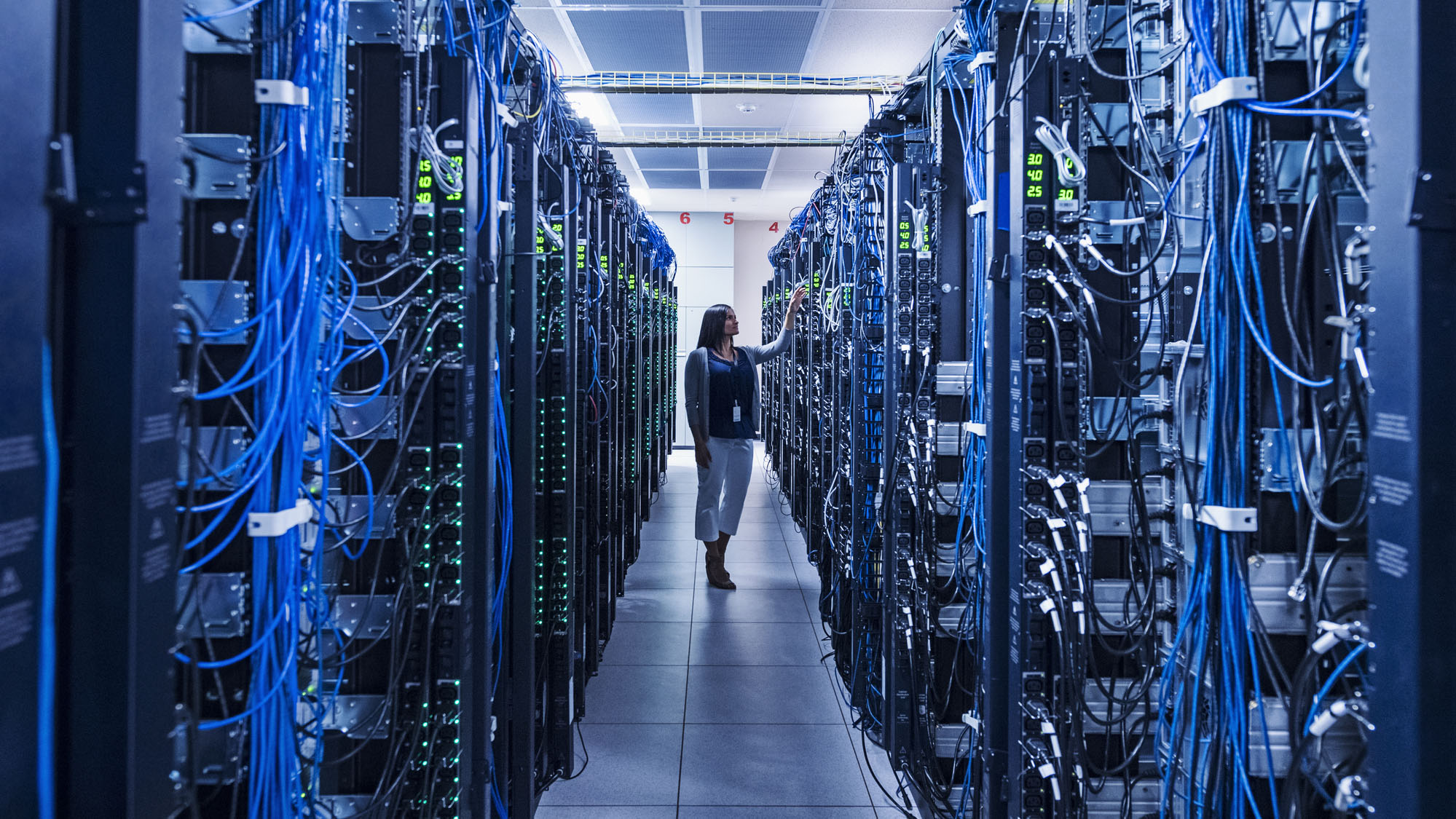 Why energy efficiency could be key to your business’ success
Why energy efficiency could be key to your business’ successSupported An energy efficient data center setup can help save on bills, but the benefits don’t have to stop there
-
 Digital Twins - Transforming supply chains and operations
Digital Twins - Transforming supply chains and operationsWhitepaper A virtual view of products, processes, and operations, as well as the impact of various factors on performance
-
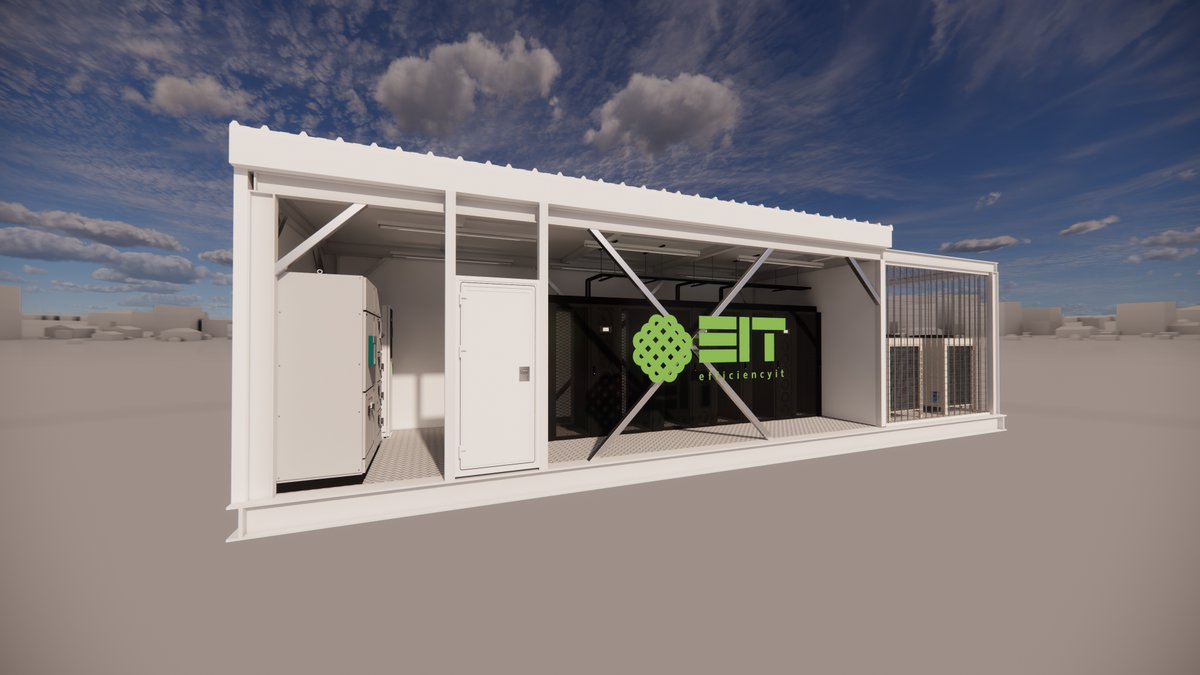 UK's EfficiencyIT launches prefabricated data centre offering
UK's EfficiencyIT launches prefabricated data centre offeringNews The company has previously built modular data centres for government and defence customers in 12-16 weeks
-
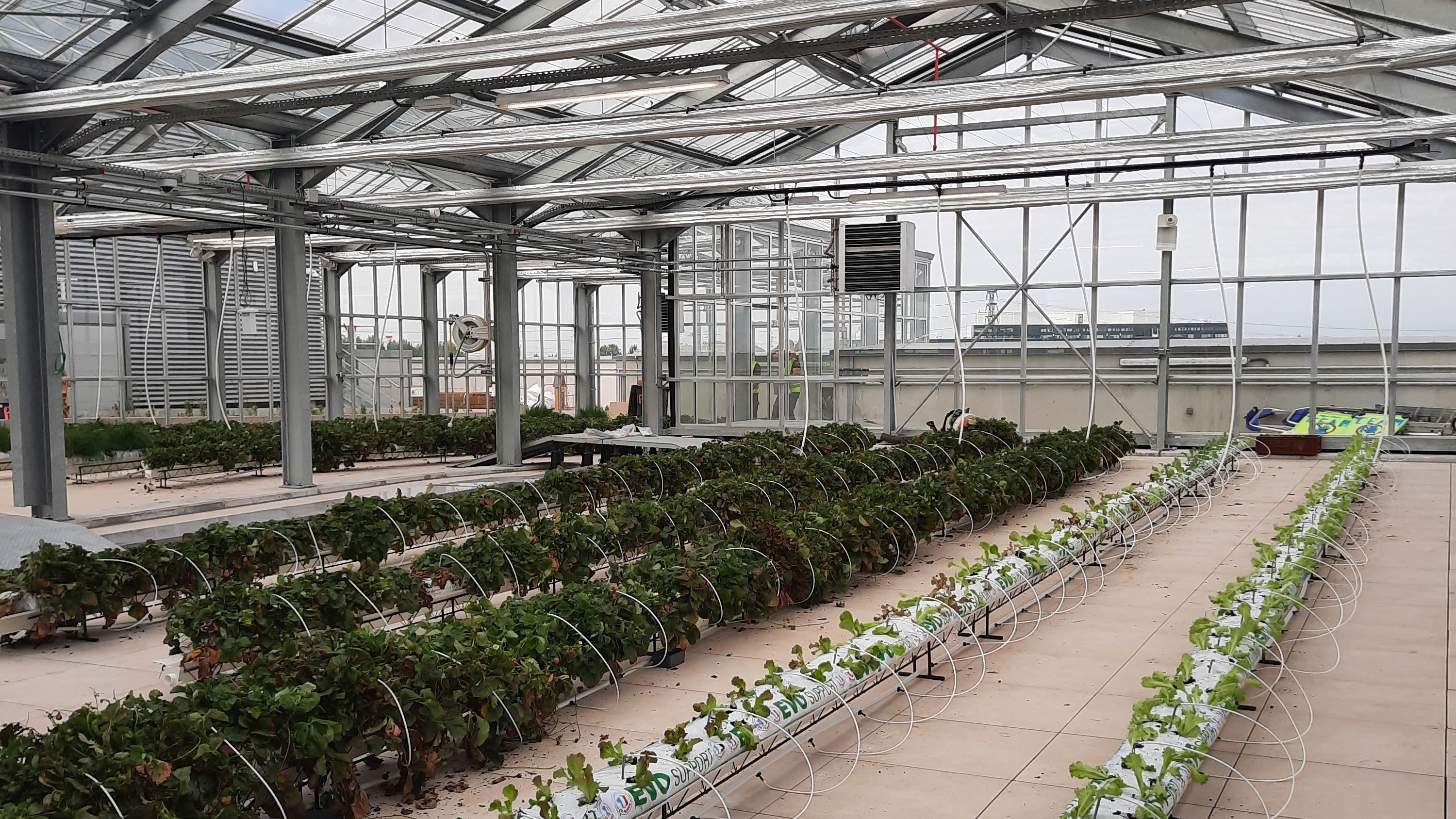 Equinix is growing data centre-powered fruit and veg
Equinix is growing data centre-powered fruit and vegNews The data centre company has installed a rooftop farm at one of its sites to make use of excess heat
-
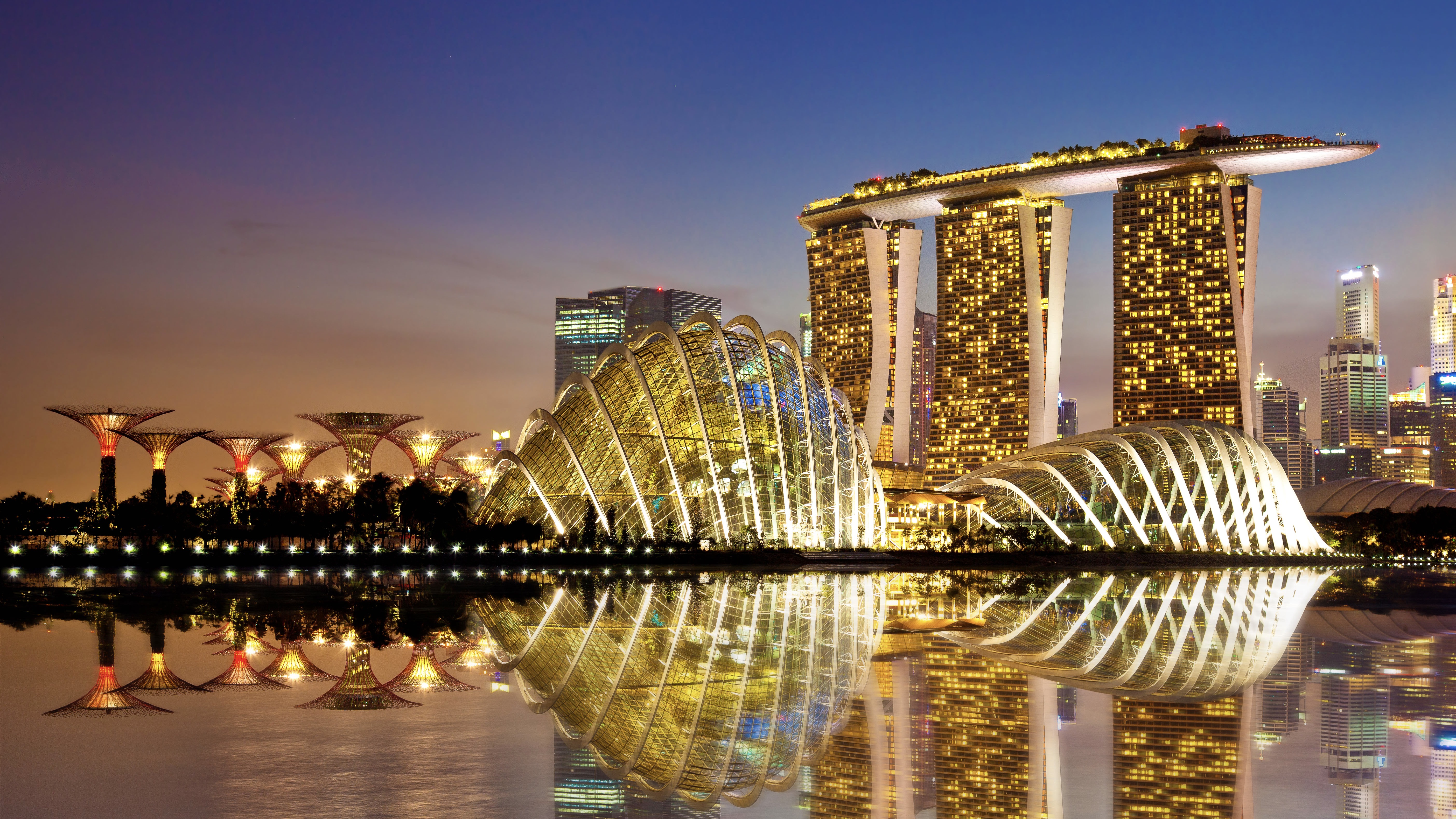 Princeton Digital Group reveals "wise" $1 billion+ Indonesia data centre investment to service Singapore
Princeton Digital Group reveals "wise" $1 billion+ Indonesia data centre investment to service SingaporeNews The new investment will help customers located in Singapore expand their infrastructure
-
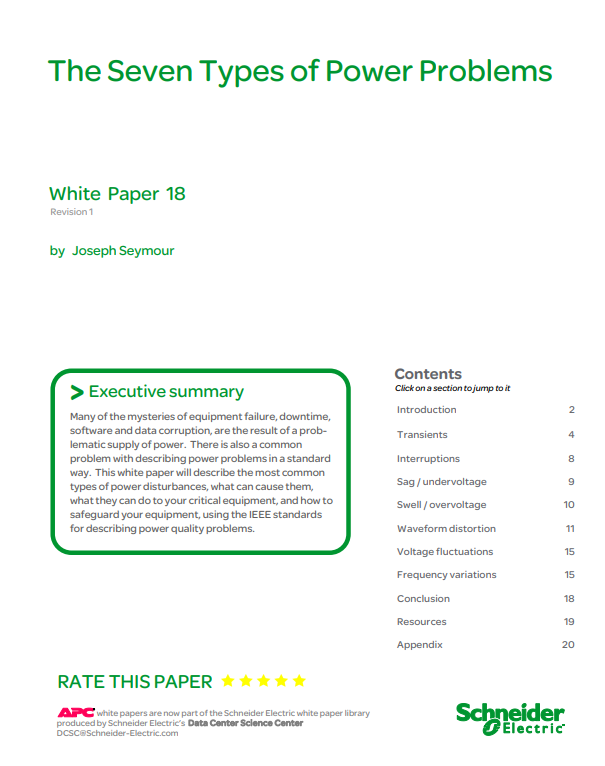 The seven types of power problems
The seven types of power problemsWhitepaper The most common types of power disturbances and how to safeguard your equipment
-
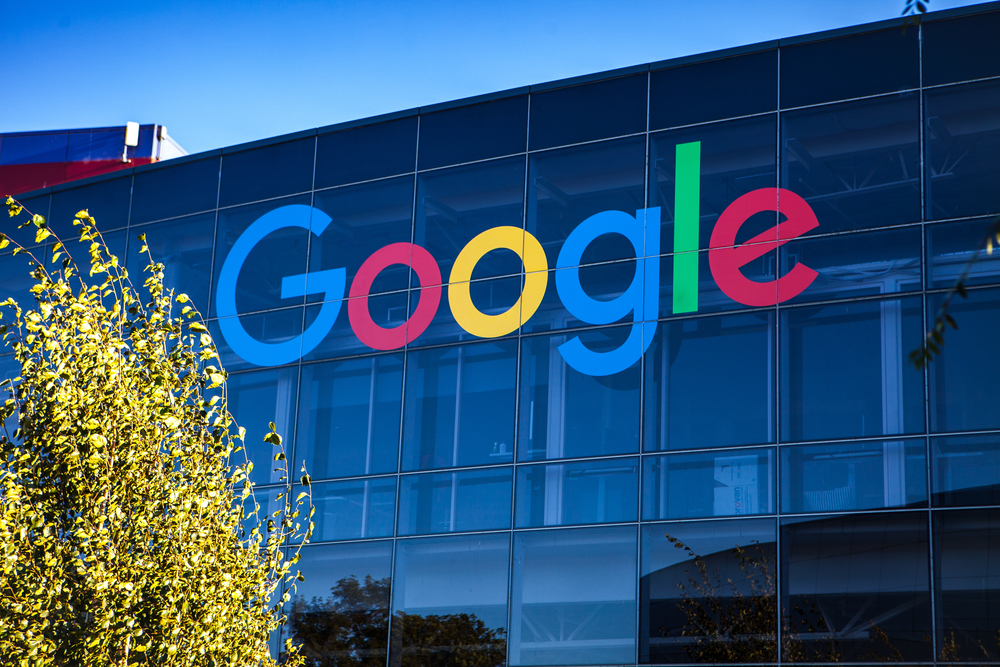 Google data centre soaks up a third of Oregon city's water supply
Google data centre soaks up a third of Oregon city's water supplyNews The tech giant has been labelled a "water vampire" after its facility increased water consumption every year since opening for the purposes of cooling
-
 What 5G rollout failures mean for 6G
What 5G rollout failures mean for 6GIn-depth What can network operators and telecoms companies learn from a cocktail of global issues and mistakes when shifting to the next generation of mobile networking?
